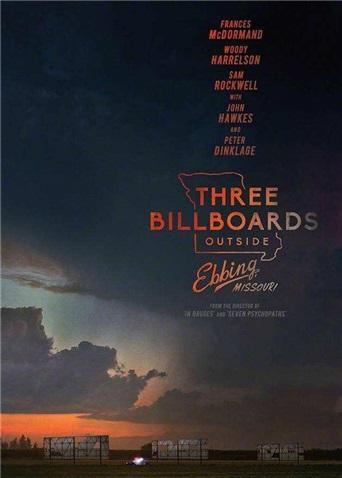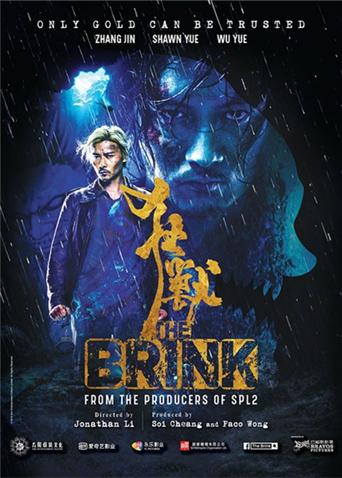剧情简介
制服
制服


回复 :二十年代的美国处于经济萧条时期,失业率居高不下,工人受尽压榨,成为了大机器生产中的一颗螺丝钉。查理(查理·卓别林 Charles Chaplin 饰)就是一个底层市民,他在一个机器隆隆的厂房里日以继夜地工作,以赚取微薄的收入。重复繁重的工作压得他喘不过气,他把人们的鼻子当成螺丝钉来拧,卷入流水线机器的皮带里,令人苦笑不得。查理尽管贫穷,但却很善良。他在路上搭救了流浪女,和她一起生活,家里破烂却又温馨。每次身无分文的查理为了找到吃的,都会故意犯事,以便进入监牢。光景一时间有了好转,流浪女成了歌舞红星,然而好景太短暂了。©豆瓣
回复 :伦敦-1973年漫长而艰难的冬天。矿工罢工导致整个英国停电,整个国家陷入一片漆黑。 女主Val是个年轻护士,被迫在一家破败的医院做夜班。是夜,瓦尔身处一处空旷破败建筑物,周围笼罩着险恶的黑暗。她发现这些城墙中隐藏着一个致命的秘密和一个可怕的存在。
回复 :黑蝇,夏季时在纽约市的布朗克斯区大量繁殖。电影改编自香农·伯克于2008年出版的小说《911》。故事发生在纽约市,讲述了年轻的护理人员奥利·克罗斯与经验丰富的医生鲁特科夫斯基搭档,在面对毒品、犯罪和暴力等残酷的现实生活中,重新审视生与死的意义,改变了他人生观的故事。

